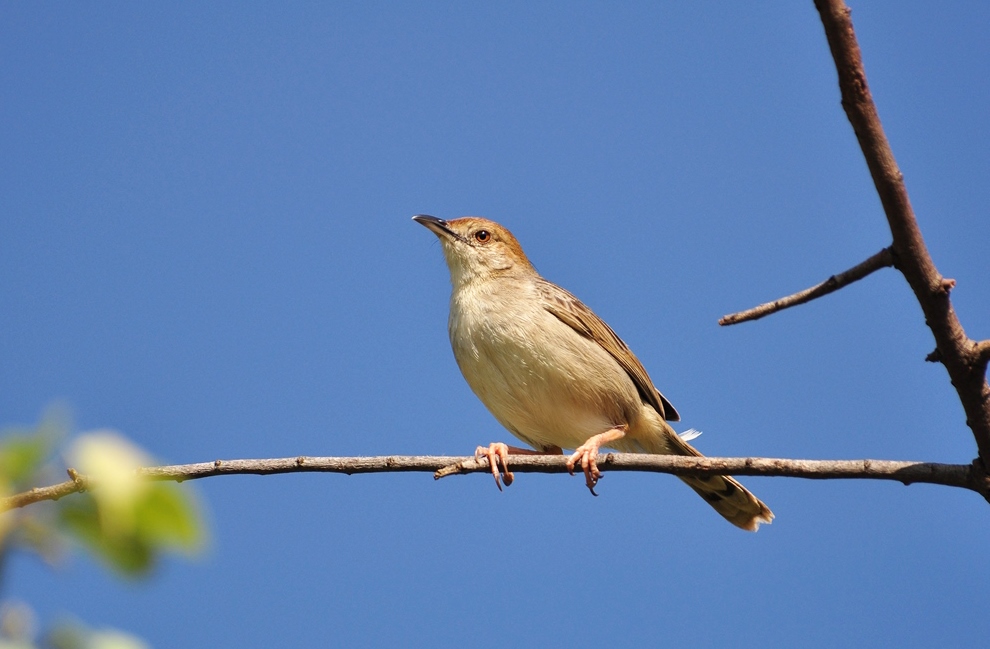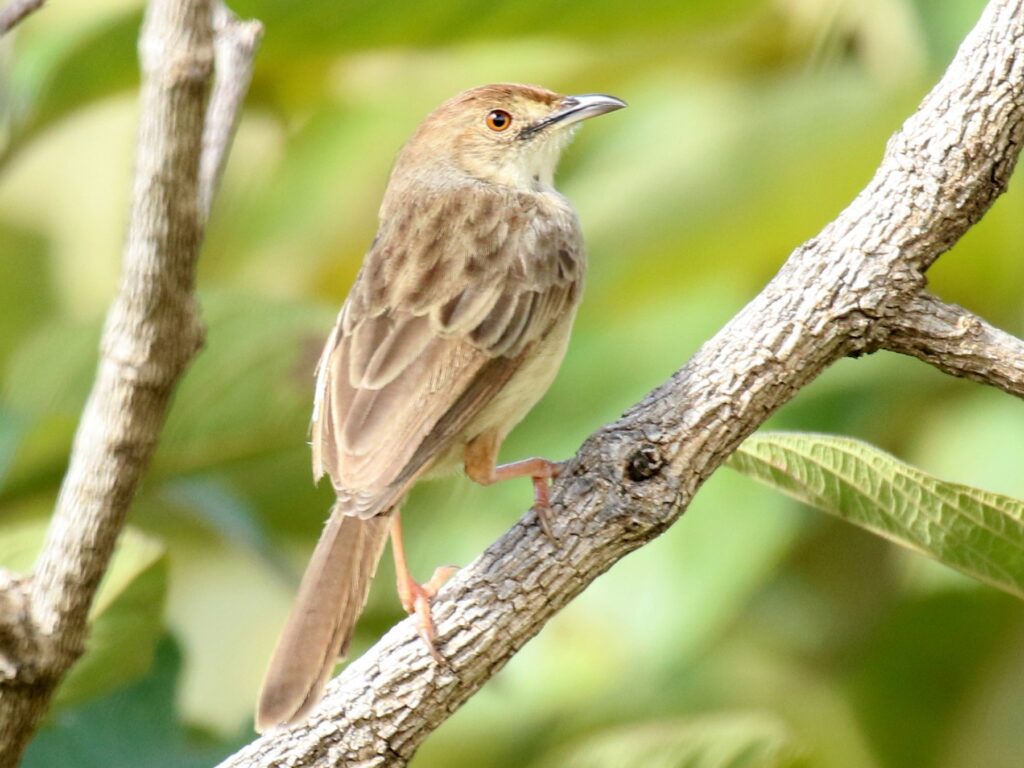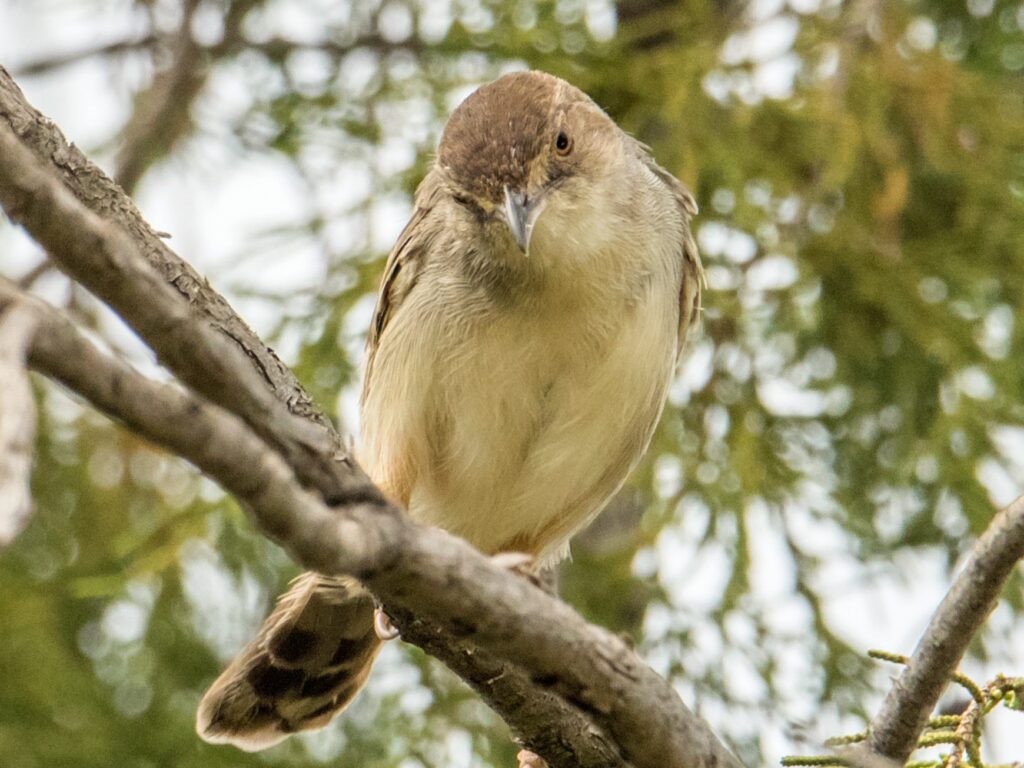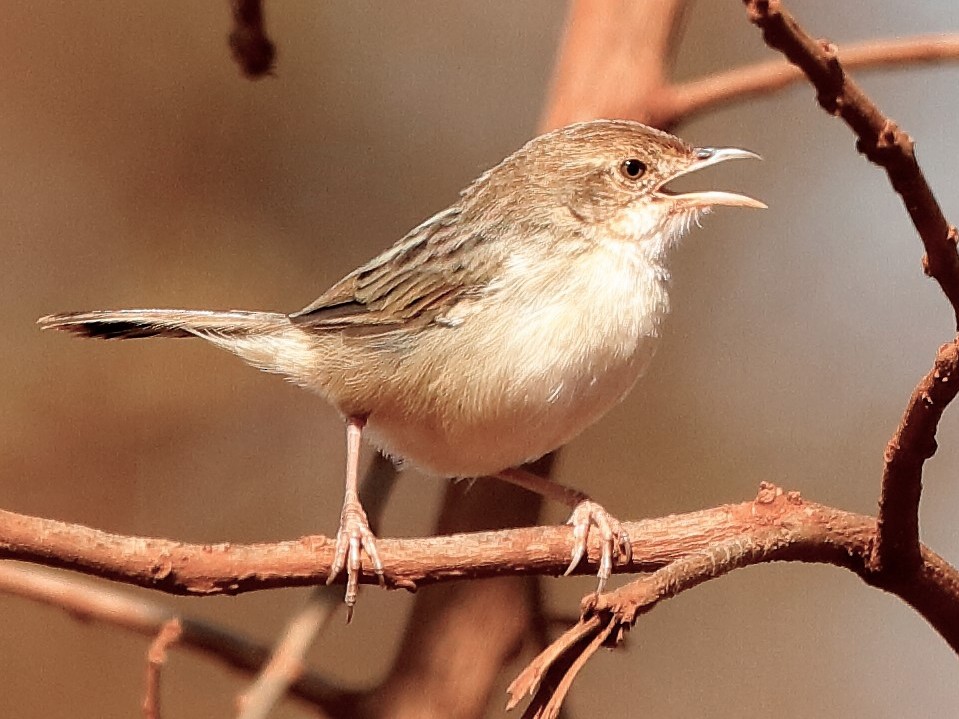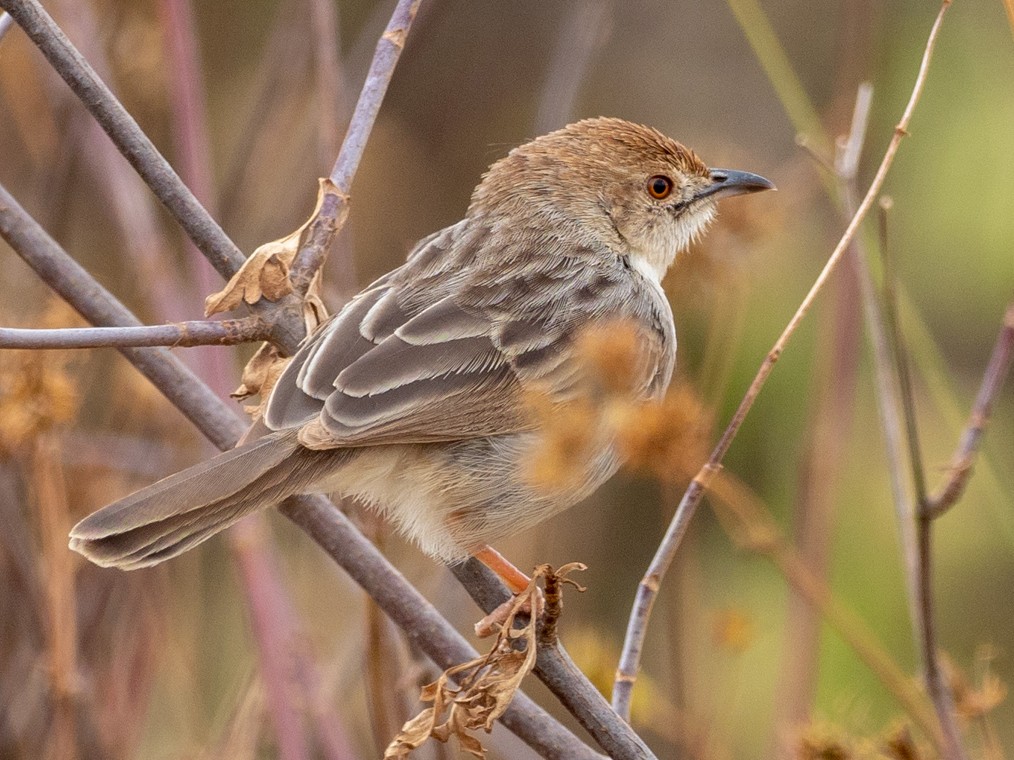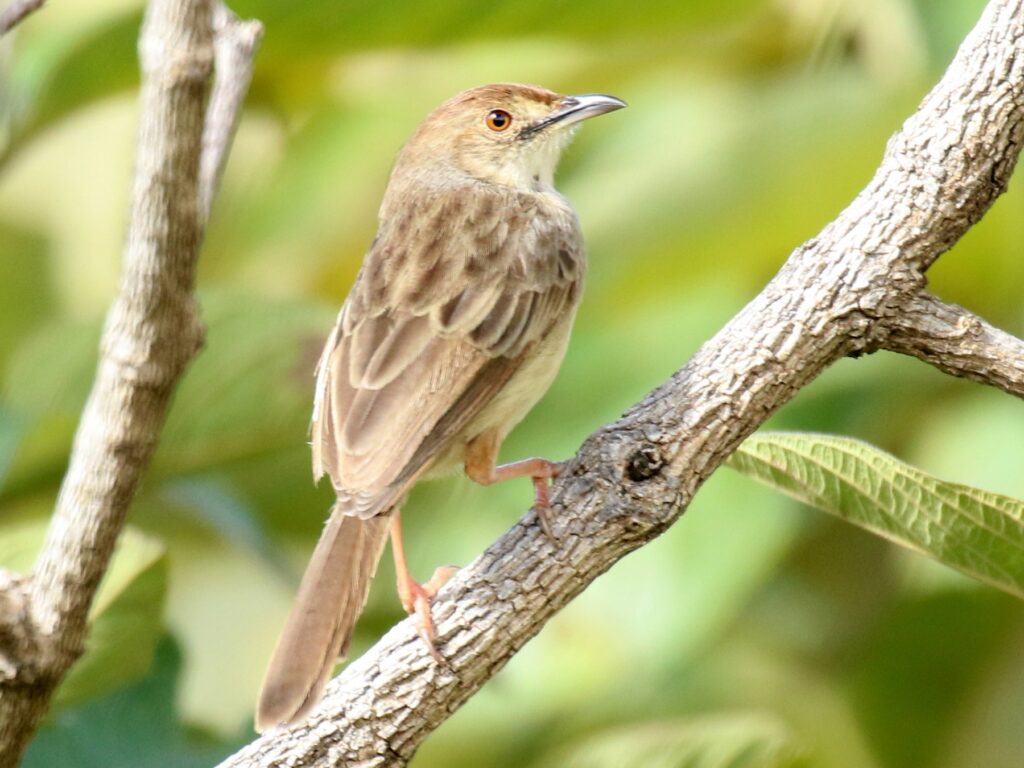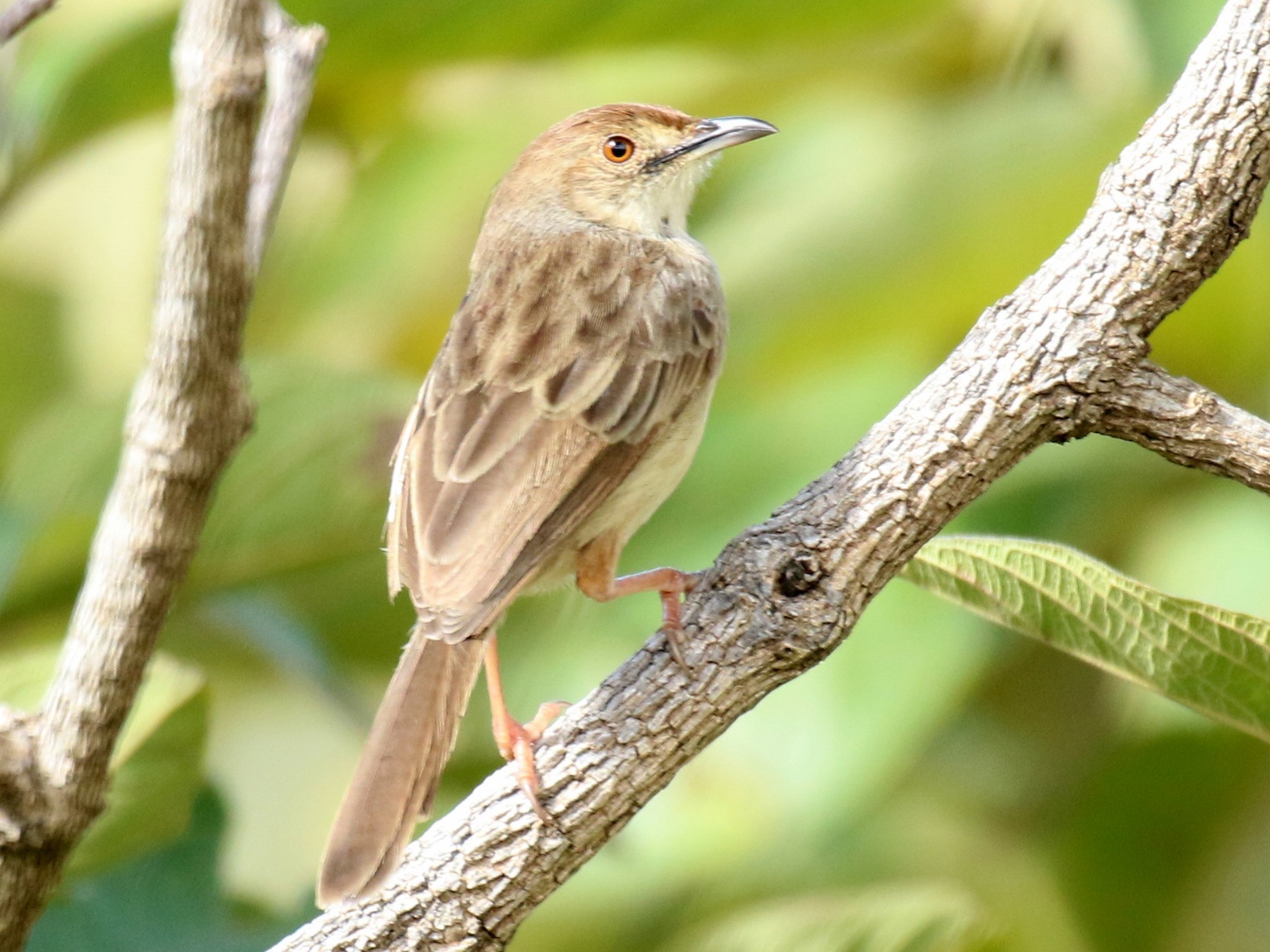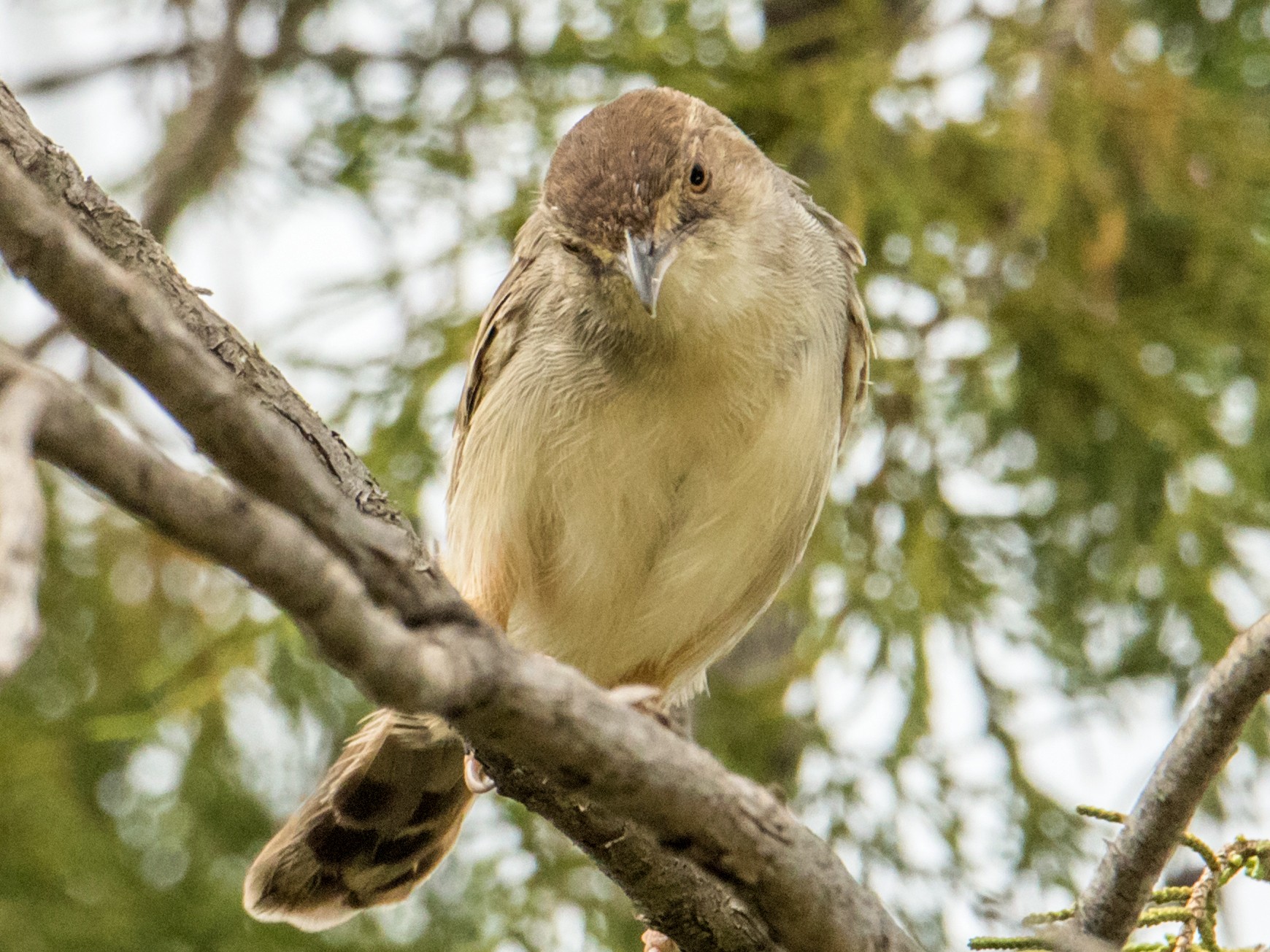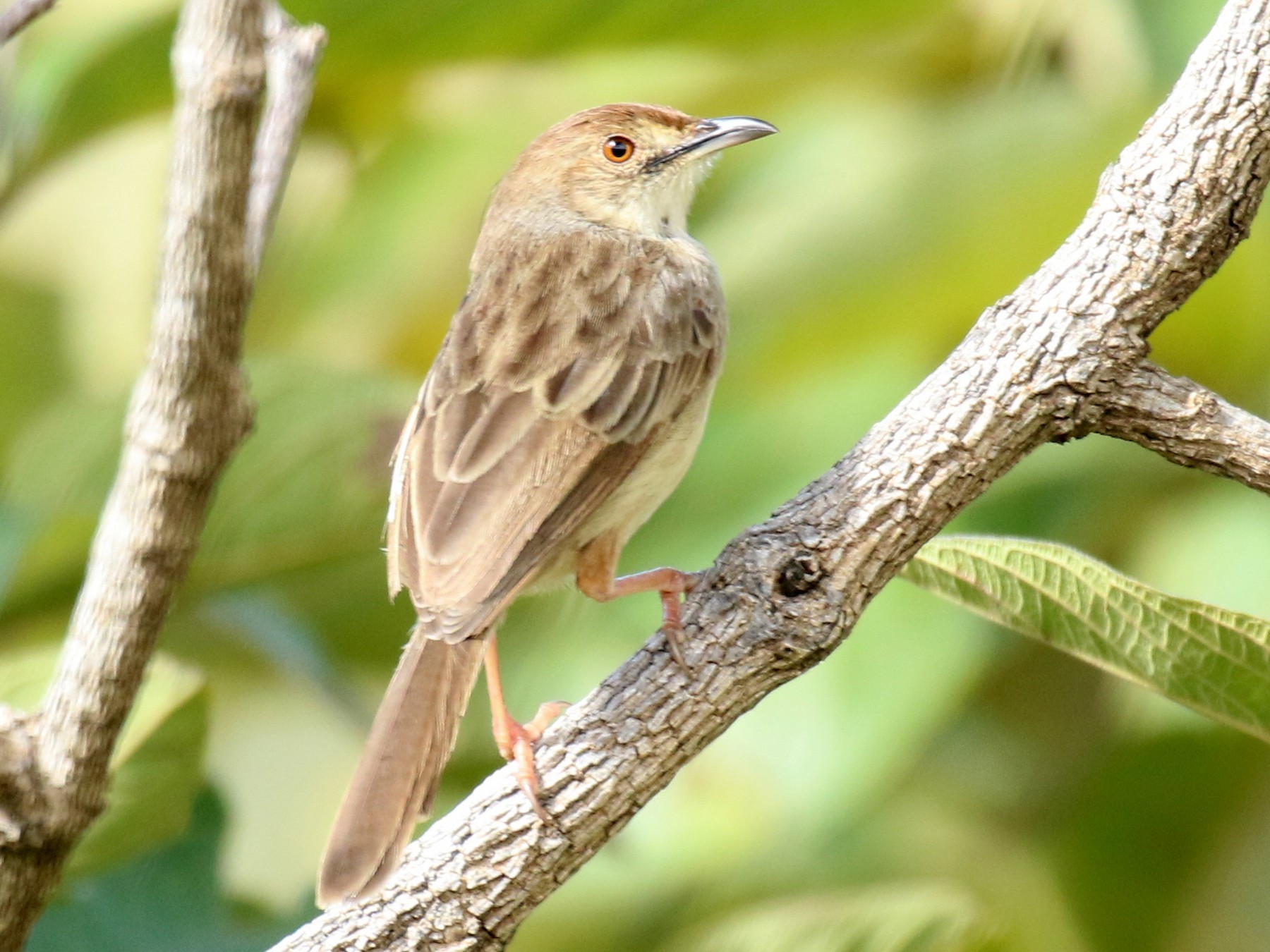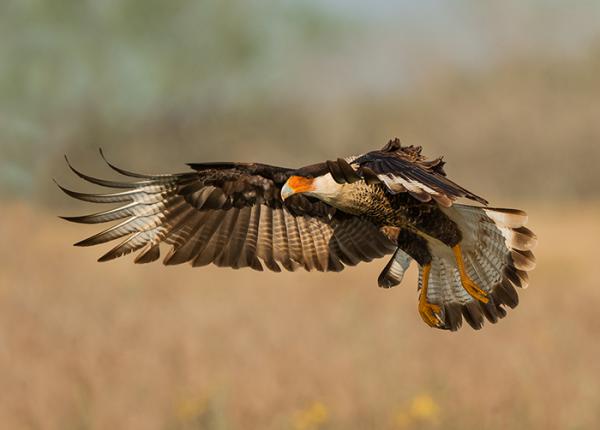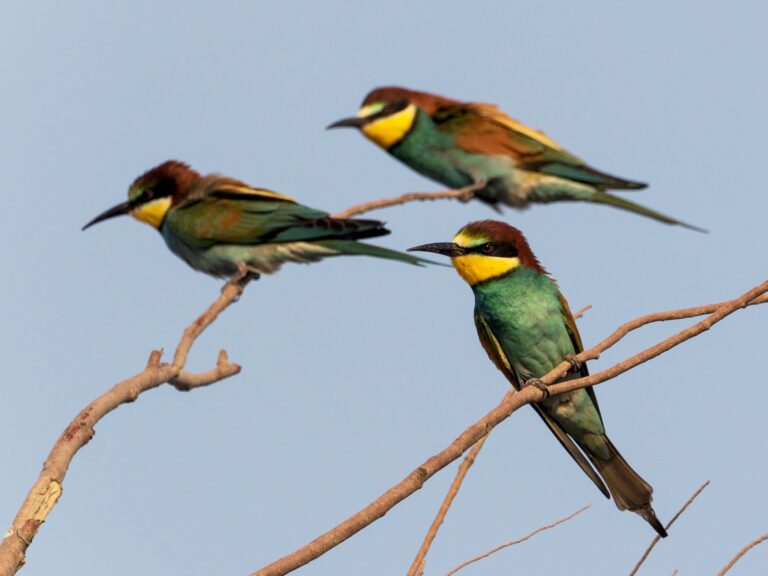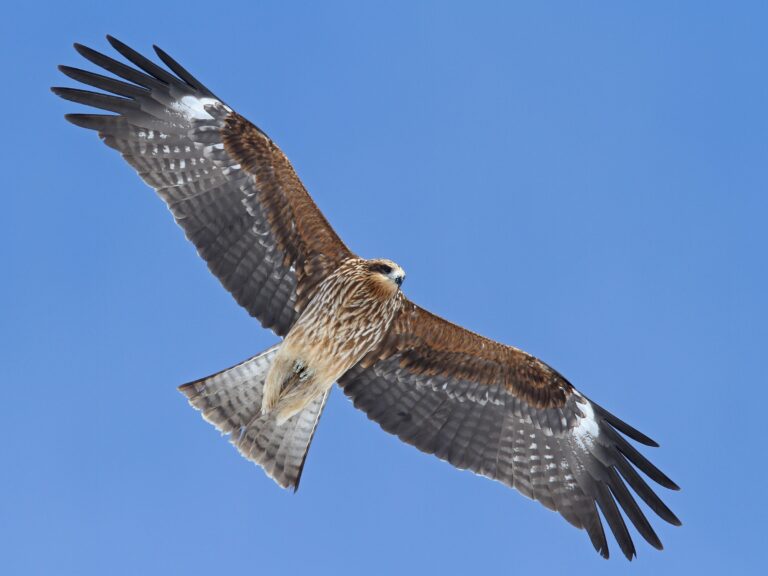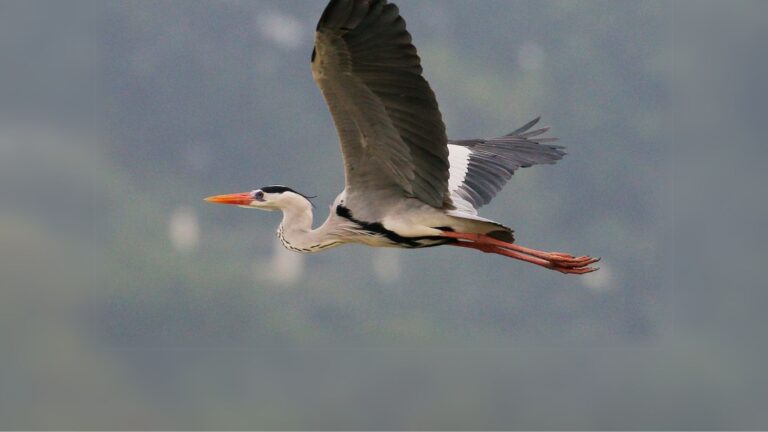Boran Cisticola Discovering Africa’s Elusive Grassland Songbird
The Boran Cisticola is a small, secretive bird mostly found in East Africa, known for its unique song and subtle appearance. Bird enthusiasts and researchers love tracking this species because it’s so tricky to spot and identify—even for folks who really know their birds.
Usually, you’ll hear its call before you ever see it. That makes it a fun challenge for anyone interested in bird behavior.
The Boran Cisticola is part of the cisticola family, a group with lots of species that all look pretty similar. This similarity makes it tough to tell Boran Cisticola apart from its close relatives out in the wild.
It sticks to grasslands and savannas, mostly in Kenya and neighboring countries. If you want to dive deeper into how people tell it apart and what’s special about its song, check out research on its taxonomy and song imitation and bird records in East Africa.
Key Takeaways
- Boran Cisticola is a grassland bird mostly found in East Africa.
- It’s tough to identify thanks to its resemblance to other cisticolas.
- Researchers keep updating what’s known about its looks, range, and song.
Taxonomy and Classification
The Boran Cisticola comes from a diverse bunch of small Old World birds. Scientists keep tweaking its classification as they compare cisticolas using physical traits and genetics.
Cisticolidae Family Overview
The Boran Cisticola sits in the Cisticolidae family, which includes small passerine birds mostly from Africa, Asia, and Australia. People used to lump them in with the Sylviidae family, but later studies gave Cisticolidae its own spot within Passeriformes.
Main Cisticolidae features:
- Small, slim bodies
- Fine, pointed bills
- Memorable vocalizations
- A love for grasslands and open shrubs
There are over 100 species in this family, often called cisticolas or tailorbirds. They look so much alike that field identification can be a real headache.
Taxonomy has changed a lot over the years, with experts sometimes splitting or lumping species and subspecies. For a deep dive into cisticola taxonomy and phylogeny, you’ll find plenty of debate and revision.
Relation to Other Cisticola Species
The Boran Cisticola (Cisticola bodessa) is closely related to others like the Zitting Cisticola, Rattling Cisticola, and Coastal Cisticola. They’re pretty close in size and color, which has led to plenty of confusion about where one species ends and another begins.
Differences in genetics and songs help set Boran Cisticola apart from birds like Zitting Cisticola and White-tailed Cisticola. Sometimes, experts treat certain populations as subspecies, especially when the differences are tiny.
Lists of related species often include Madagascar Cisticola, Kilombero Cisticola, Long-tailed Cisticola, and Cisticola chiniana. Taxonomic authorities don’t always agree on what counts as a full species.
Identification and Physical Description
The Boran Cisticola is a small, shy passerine hanging out in East Africa. It stands out from its relatives with subtle differences in size and coloring, though you have to look closely.
Plumage and Morphology
Adults show warm brown backs with faint streaks fading into a paler, buffy belly. Their wings often have a rufous wash and slim, pale edges.
The tail looks short and rounded, sometimes with pale tips. Their faces are plain, with a faint eye stripe and pale throat.
Legs and bills usually look dull pink or brown. They measure around 10–12 cm, and their build is light and slim.
Males and females look almost identical, so don’t expect to tell them apart easily in the field. For more on cisticola ID, this taxonomy and biogeography study is worth a look.
Distribution and Range
The Boran Cisticola lives mostly in parts of East Africa. It prefers certain habitats and doesn’t always overlap with its closest relatives.
Countries and Regions
You’ll find Boran Cisticola in the Old World, especially Africa. Its main hangouts are Ethiopia, Kenya, and Uganda.
It likes dry bushland, grasslands, and sometimes the edges of farmland. The distribution is patchy, but it sticks to areas with the right kind of grass and bush.
In Kenya, researchers have gradually figured out its range as more sightings come in. Curious about how bird ranges have shifted here? Check out recent updates on East African bird distribution.
Sightings outside these countries are rare, so its range is pretty limited to East Africa. It doesn’t migrate long distances, though it might move around locally. See more on migratory bird behavior.
Here’s a quick table of its main range:
| Country | Presence |
|---|---|
| Kenya | Common |
| Ethiopia | Localized |
| Uganda | Regular |
Natural Habitats and Ecology
The Boran Cisticola does well in places with open ground and patches of vegetation. Its success depends on thriving in both dry grasslands and spots with some shrubs or small trees.
Savanna and Grassland Biomes
Boran Cisticolas fit right into dry savanna and grassland environments. They go for spots where grasses are tall enough for nesting but not so thick that they can’t move or hunt.
When the rains come, insects become plentiful and make up most of their food. In drier times, they rely on blending in and moving between patches to find something to eat.
Some key points:
- Cover: Tall grasses hide their nests and help them stay out of sight.
- Food: Insects, especially after rain.
- Behavior: They call from grass stems or low perches, singing to mark their space.
The importance of these habitats for bird species gets covered in studies about avian diversity. For more on bird life in similar places, see this avian diversity study.
Shrubland and Forest Environments
You’ll also spot them in tropical dry shrublands and sometimes at the edges of tropical dry forests. These areas have scattered bushes, short trees, and a mix of open and closed spots.
In shrubland, Boran Cisticolas use low bushes for singing and as lookout posts. Shrubs give them both safety from predators and places to nest.
Near dry forest edges, they might find more insects and a variety of microhabitats, though they mostly avoid dense forests. Studies suggest birds in these patchy environments can adapt, but habitat loss or land changes can hurt them. For more, see research on bird species in forest ecosystems.
Conservation Status and Research
The Boran Cisticola’s population and conservation outlook depend on habitat changes and ongoing research. Understanding its official status and the latest study methods helps guide future protection.
IUCN Assessment and Threats
The International Union for Conservation of Nature (IUCN) assesses the Boran Cisticola to figure out its risk level. As of 2011, BirdLife International lists many cisticolas, including Boran Cisticola, as Least Concern, though habitat loss always looms.
Threats include habitat degradation and land conversion, especially in grassland and scrub. Grazing and farming can have a big impact. While hunting isn’t a huge issue for this bird, broad land changes stick around.
BirdLife’s data helps the IUCN Red List team map ranges and track trends. For the latest risk categories, check BirdLife International and the IUCN Red List.
Recent Studies and Data Collection
Researchers use field surveys and digital photography to keep tabs on Boran Cisticola numbers. They collect details like shooting date, ISO, exposure, aperture, focal length, and EXIF data, which makes records more accurate.
Open databases like O.Net and field reports chart the latest distributions and trends. These studies build on older avifauna surveys, confirming sightings and highlighting threats like grassland loss.
Checklists and project notes sometimes mention using camera flash and other digital tricks, which help with ID and record-keeping. This approach lets scientists revisit data as tech improves, making their records more reliable.
Frequently Asked Questions
Boran Cisticolas have unique features and habits. Their songs, habitats, and looks set them apart from similar birds.
What are the distinguishing features of the Boran Cisticola compared to other cisticolas?
Boran Cisticolas have pretty plain plumage with subtle back streaks and a whitish belly. Their tail is short and rounded. They’re small, and their calls sound different from most other cisticolas, which helps with ID.
Which habitats are most commonly associated with the Boran Cisticola?
You’ll usually find Boran Cisticolas in tall grasslands, savannas, and open areas with scattered shrubs. They like spots with enough cover but not so dense that they can’t move around or display.
How do the vocalizations of Boran Cisticolas differ from those of similar species?
The Boran Cisticola’s song is distinctive—marsh warblers have even been caught imitating it in song imitation studies. Their calls are usually less complex than some other cisticolas, so you can pick them out by ear.
What are the primary differences between Lynes’s, Ashy, and Ethiopian Cisticolas?
Lynes’s Cisticola is paler with less streaking. Ashy Cisticola is more uniformly gray and has a shorter call. Ethiopian Cisticola has a richer brown color and a slightly different tail. Each species’ song and plumage help birders tell them apart.
What are the typical mating and nesting behaviors of Hunter’s Cisticolas?
Hunter’s Cisticolas build cup-shaped nests hidden in tall grasses. They usually work in pairs during breeding, using tail flicks and short flights as part of their displays. Both parents may help feed the chicks.
What factors contribute to the varying population distributions of Luapula and Stout Cisticolas?
Luapula Cisticolas usually hang out near wetlands or marshy grasslands, sticking close to water most of the year.
Stout Cisticolas, on the other hand, seem to like drier grasslands.
Rainfall, vegetation, and the way people use the land all play a role in where each species shows up.
Sometimes, climate and habitat changes push their ranges around, which feels pretty unpredictable at times.
